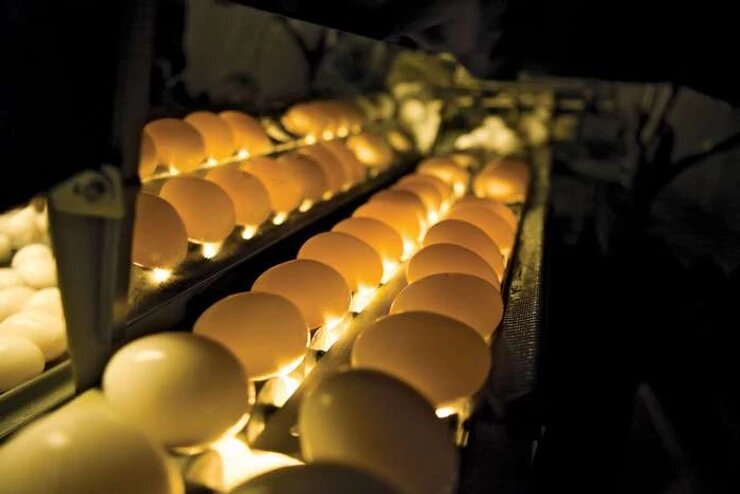If you’ve been eating or using eggs for any length of time (hello almost everyone!), you probably have had a blood spot in your egg once or twice. While this isn’t appealing to the eye, you need to know that they are perfectly fine to consume or use!
Contrary to popular belief, a blood spot does not mean that the egg is fertilized. It simply means that a blood vessel ruptured while the hen was laying the egg. This can be due to stress, genetics, or health of the hen.
Some stressors can be environment – lack of fresh water, diet, and even being startled while laying. Sometimes, it may just happen in the intricate process of creating and laying eggs!
Picture Credit: Fresh Eggs Daily
I have had people politely decline farm fresh eggs because they’re afraid of a baby chick surprise. So, if they see a blood spot, they assume the spots are the start of a little chick. We know this is not true and that you need a rooster to have fertilized eggs. Blood spots are not usually found in supermarket eggs because those eggs are candled before they’re packaged.
Candling is an egg-grading process in which the egg is inspected with a penetrating light in a darkened room for signs of fertility, defects, or freshness. First used to check embroyo development in eggs being incubated, candling is used in modern commercial egg production primarily to rate quality.
Candling can also be used for backyard chicken keepers if you’re incubating your own eggs and hatching chicks. Unfortunately, candling backyard chicken eggs for defects is a little more difficult due to their color and pigmentation layers. Check out all of the tips and tricks on candling eggs here. Another great blog for information on candling here too!

In our personal flock, we have all hens. Occasionally, I will find a blood spot in one of our eggs. Depending on the size, I may just scoop it off the egg. Otherwise, we’ve eaten a few eggs this way and we are just fine!
The shell of these eggs are not “blood spots”. It is the unique bloom each chicken put on their egg!

Until next time,
–The Wing Lady